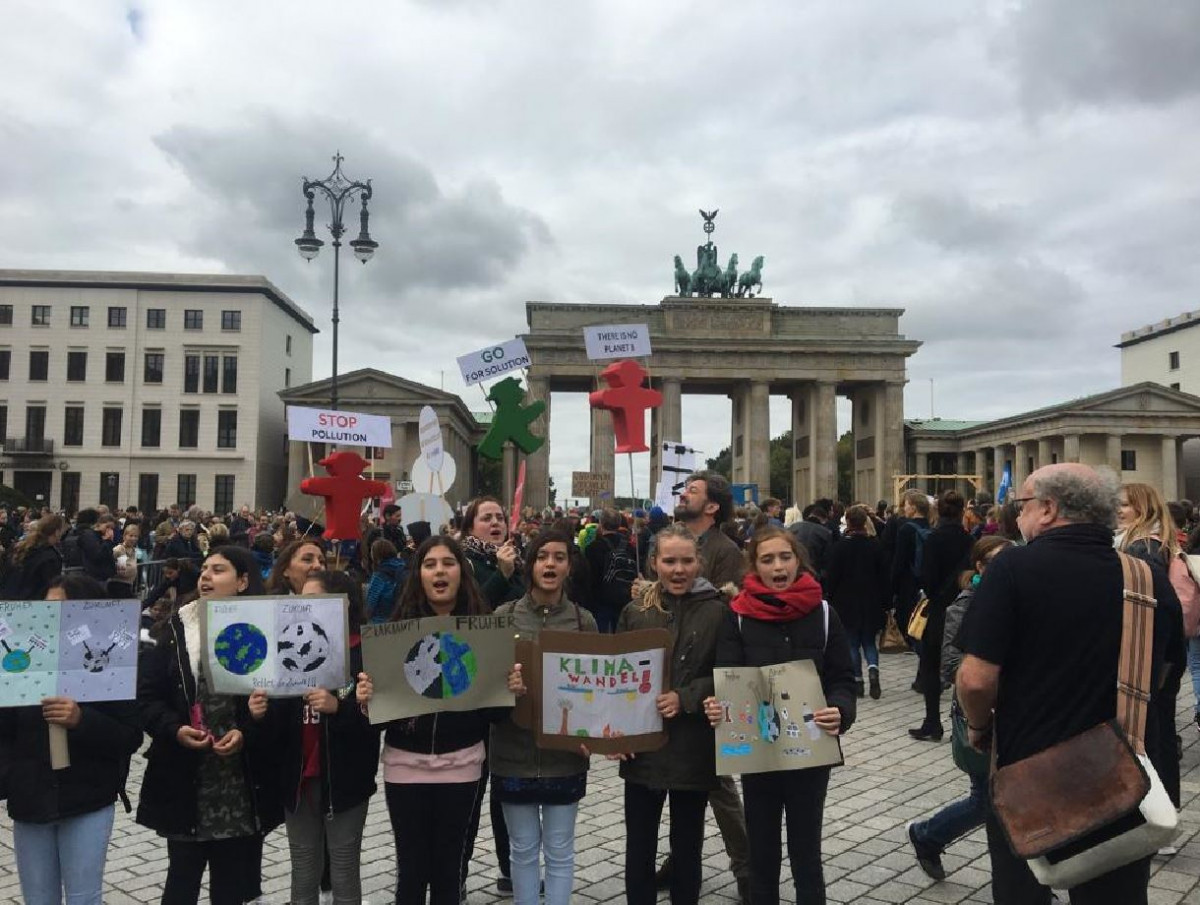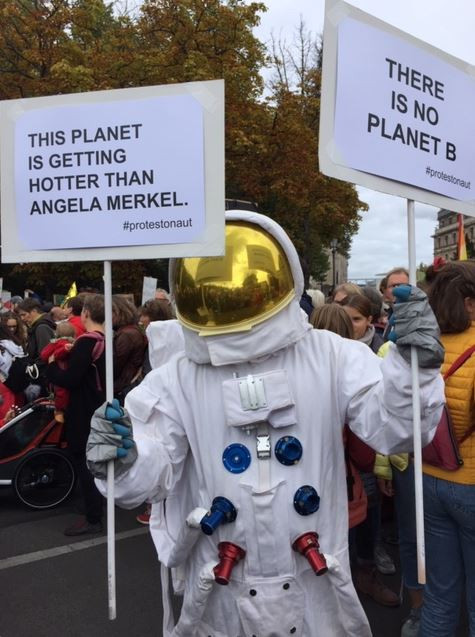Massive Fridays for Future climate protests keep pressure on German govt
Against the backdrop of highly anticipated government announcements on climate strategy that were lambasted as insufficient by climate advocates, hundreds of thousands of people called for more decisive action in Fridays for Future protests across Germany.
Organisers said a total of 1.4 million people attended the demonstrations in more than 500 locations across the country. Official figures were not available. Media reports put the number of protesters in the capital Berlin alone at 80,000 to 100,000.
In line with comments by other NGOs, The Fridays for Future movement was highly critical of new government plans to lower emissions that were announced during the demonstrations. "Our government has announced a disastrous new climate plan which totally ignores the 1.5°C target. We won't stop until you take this crisis seriously!," the organisation tweetet.
Participants reported large turnouts in countless other cities across the country, such as Hamburg, Freiburg and Cologne. The global day of climate strikes had started earlier in Australia with large turn-outs.
Mainly young protesters called for rapid action across the German economy. "We are here for climate protection. We want SUVs out of the city. We want to shut down coal and more renewables," Alexander Hauk, who was dressed in a space suit, told the Clean Energy Wire.
In contrast to earlier Fridays for Future protests, the crowd seemed more mixed and diverse. "I even would have come with a walking frame," said 82 -year-old Christa Discher. "It's something that concerns all generations, not just young people."
The Fridays for Future protests are inspired by Swedish teenage activist Greta Thunberg, who began skipping school in August last year.
After a prolonged boom in renewable energy, Germany's transition to a low-carbon, nuclear-free economy – the famed Energiewende – has slowed in recent years. After admitting that 2020 targets to reduce emissions will be missed by a wide margin, Merkel set up the so-called climate cabinet – a group of ministers with responsibilities in key climate policy fields – earlier this year to ensure that 2030 climate targets will be reached.
The Fridays for Future movement says Germany must reduce greenhouse gas emissions to net zero by 2035, by exiting coal by 2030 instead of 2038 as currently planned, and source all its electricity from renewables by 2035. Fridays for Future also called on the government to end fossil fuel subsidies, switch off a quarter of coal power plants, and tax emissions by the end of this year.



